

Knowledge, resources, and tools for plant health!
This platform offers over 15,000 curated resources and digital tools to support crop health in low- and middle-income countries. It includes practical guides on pest and disease management, climate-resilient farming practices, and pest distribution, as well as decision-support tools like a pest diagnostic engine, country-level resource hubs, and a real-time email alert system. These features make it an ideal asset for integrating scalable, data-driven solutions into agricultural development programs focused on resilience, capacity building, and food system sustainability.
This technology is pre-validated.
Adults 18 and over: Positive medium
All age ranges over 18 access the Knowlege Bank for crop and country-specific management information. This supports agricultural stakeholders in accessing safe, validated advice on crop pests and diseases to improve yields and reduce crop losses.
Women: Positive medium
The site can be translated into local languages using an internet browser extension (e.g. Google Translate) and is mobile responsive for varying device ages. The Knowledge Bank provides free, localised and practical advice on crop health for women farmers and stakeholders.
Climate adaptability: Moderately adaptable
Where possible, the content has been written for specific climatic locations. However, the information may be applicable to other regions which have been included in the metadata. The knowledge library also contains more general cultural practices which can be applied in various climatic regions.
Farmer climate change readiness: Moderate improvement
Integrate Pest Management (IPM) is a core principle behind creating and publishing content on the Knowledge Bank. IPM helps farmers adapt to and build resilience against climate change by reducing dependencies on chemical pesticides, improving biodiversity and soil health.
Environmental health: Greatly improves environmental health
The Knowledge Bank content and it's IPM principles encourages diversified cropping systems and soil health practices. Healthy agricultural ecosystems are less vulnerable to pest outbreaks and are more resilient to changes in local conditions.
Soil quality: Improves soil health and fertility
The Knowledge Bank content and it's IPM principles promotes the use of alternatives to chemical pesticides where possible, such as biological control agents, holistic treatments and crop varieties. This reduces pesticide resistance and environmental damage.
The Crop Health Knowledge Library is a free, open-access digital platform that supports sustainable agricultural development by providing global and localized resources on pest and disease management, climate-resilient practices, and decision-support tools for farmers and extension workers. Its easy-to-use mobile app enables offline access, expanding reach in low-connectivity areas. To integrate it into development projects, key activities include:
Open source / open access
Scaling Readiness describes how complete a technology’s development is and its ability to be scaled. It produces a score that measures a technology’s readiness along two axes: the level of maturity of the idea itself, and the level to which the technology has been used so far.
Each axis goes from 0 to 9 where 9 is the “ready-to-scale” status. For each technology profile in the e-catalogs we have documented the scaling readiness status from evidence given by the technology providers. The e-catalogs only showcase technologies for which the scaling readiness score is at least 8 for maturity of the idea and 7 for the level of use.
The graph below represents visually the scaling readiness status for this technology, you can see the label of each level by hovering your mouse cursor on the number.
Read more about scaling readiness ›
Uncontrolled environment: validated
Common use by intended users, in the real world
| Maturity of the idea | Level of use | |||||||||
| 9 | ||||||||||
| 8 | ||||||||||
| 7 | ||||||||||
| 6 | ||||||||||
| 5 | ||||||||||
| 4 | ||||||||||
| 3 | ||||||||||
| 2 | ||||||||||
| 1 | ||||||||||
| 1 | 2 | 3 | 4 | 5 | 6 | 7 | 8 | 9 | ||
| Country | Testing ongoing | Tested | Adopted |
|---|---|---|---|
| Algeria | –No ongoing testing | –Not tested | Adopted |
| Angola | –No ongoing testing | –Not tested | Adopted |
| Benin | –No ongoing testing | –Not tested | Adopted |
| Botswana | –No ongoing testing | –Not tested | Adopted |
| Burkina Faso | –No ongoing testing | –Not tested | Adopted |
| Burundi | –No ongoing testing | –Not tested | Adopted |
| Cameroon | –No ongoing testing | –Not tested | Adopted |
| Cape Verde | –No ongoing testing | –Not tested | Adopted |
| Central African Republic | –No ongoing testing | –Not tested | Adopted |
| Chad | –No ongoing testing | –Not tested | Adopted |
| Côte d’Ivoire | –No ongoing testing | –Not tested | Adopted |
| Democratic Republic of the Congo | –No ongoing testing | –Not tested | Adopted |
| Djibouti | –No ongoing testing | –Not tested | Adopted |
| Egypt | –No ongoing testing | –Not tested | Adopted |
| Equatorial Guinea | –No ongoing testing | –Not tested | Adopted |
| Eswatini | –No ongoing testing | –Not tested | Adopted |
| Ethiopia | –No ongoing testing | –Not tested | Adopted |
| Gabon | –No ongoing testing | –Not tested | Adopted |
| Gambia | –No ongoing testing | –Not tested | Adopted |
| Ghana | –No ongoing testing | –Not tested | Adopted |
| Guinea | –No ongoing testing | –Not tested | Adopted |
| Guinea-Bissau | –No ongoing testing | –Not tested | Adopted |
| Kenya | –No ongoing testing | –Not tested | Adopted |
| Lesotho | –No ongoing testing | –Not tested | Adopted |
| Libya | –No ongoing testing | –Not tested | Adopted |
| Madagascar | –No ongoing testing | –Not tested | Adopted |
| Malawi | –No ongoing testing | –Not tested | Adopted |
| Mali | –No ongoing testing | –Not tested | Adopted |
| Mauritania | –No ongoing testing | –Not tested | Adopted |
| Mauritius | –No ongoing testing | –Not tested | Adopted |
| Morocco | –No ongoing testing | –Not tested | Adopted |
| Mozambique | –No ongoing testing | –Not tested | Adopted |
| Namibia | –No ongoing testing | –Not tested | Adopted |
| Niger | –No ongoing testing | –Not tested | Adopted |
| Nigeria | –No ongoing testing | –Not tested | Adopted |
| Republic of the Congo | –No ongoing testing | –Not tested | Adopted |
| Rwanda | –No ongoing testing | –Not tested | Adopted |
| Senegal | –No ongoing testing | –Not tested | Adopted |
| Sierra Leone | –No ongoing testing | –Not tested | Adopted |
| Somalia | –No ongoing testing | –Not tested | Adopted |
| South Africa | –No ongoing testing | –Not tested | Adopted |
| South Sudan | –No ongoing testing | –Not tested | Adopted |
| Sudan | –No ongoing testing | –Not tested | Adopted |
| Tanzania | –No ongoing testing | –Not tested | Adopted |
| Togo | –No ongoing testing | –Not tested | Adopted |
| Tunisia | –No ongoing testing | –Not tested | Adopted |
| Uganda | –No ongoing testing | –Not tested | Adopted |
| Western Sahara | –No ongoing testing | –Not tested | Adopted |
| Zambia | –No ongoing testing | –Not tested | Adopted |
| Zimbabwe | –No ongoing testing | –Not tested | Adopted |
This technology can be used in the colored agro-ecological zones. Any zones shown in white are not suitable for this technology.





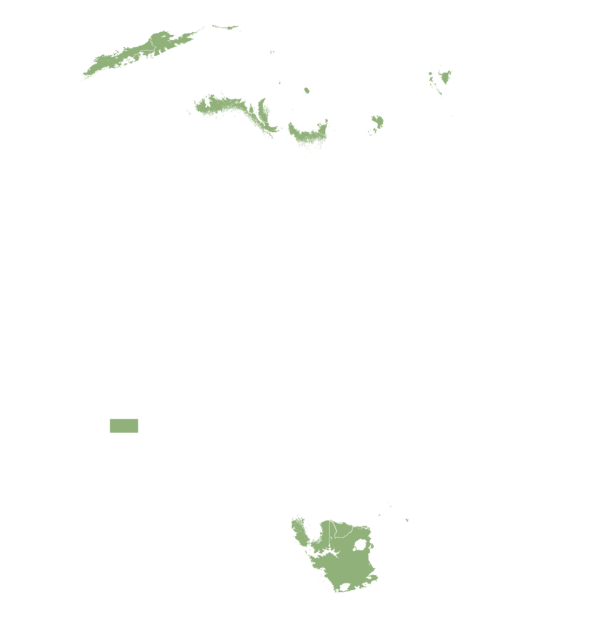








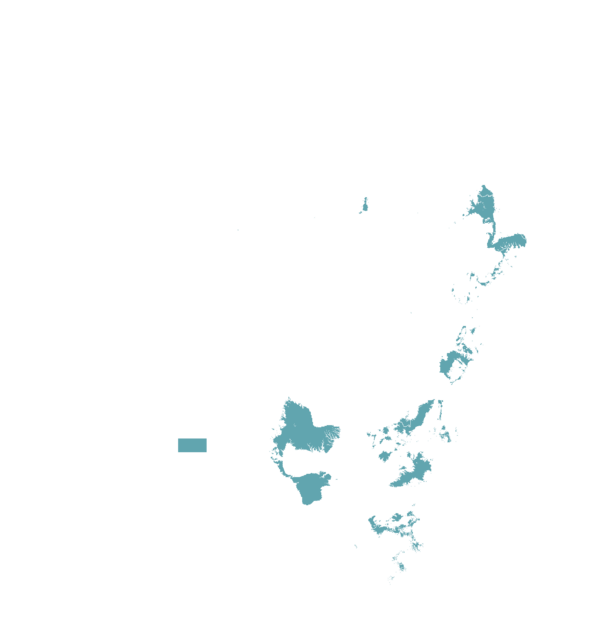


| AEZ | Subtropic - warm | Subtropic - cool | Tropic - warm | Tropic - cool |
|---|---|---|---|---|
| Arid | ||||
| Semiarid | ||||
| Subhumid | ||||
| Humid |
Source: HarvestChoice/IFPRI 2009
The United Nations Sustainable Development Goals that are applicable to this technology.
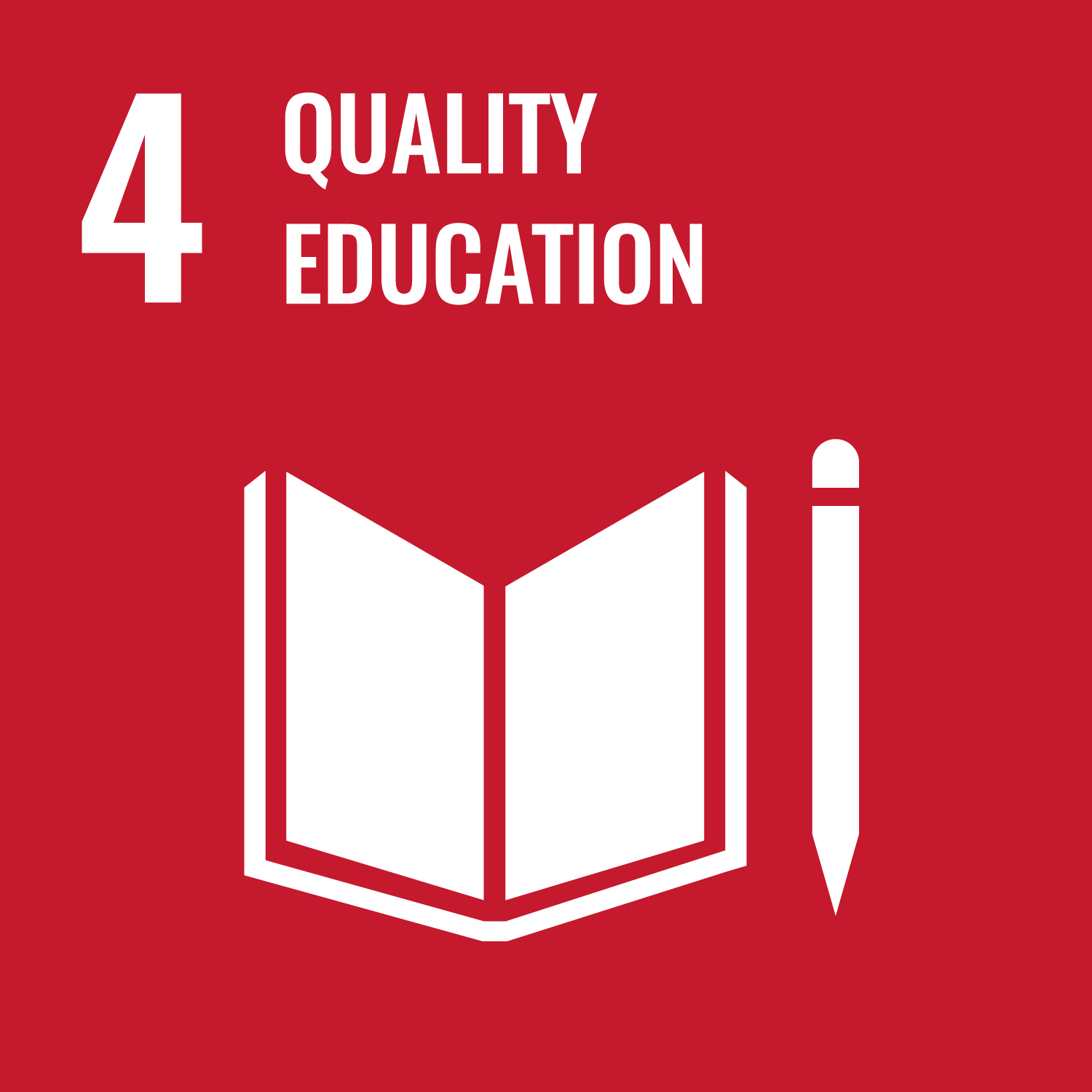
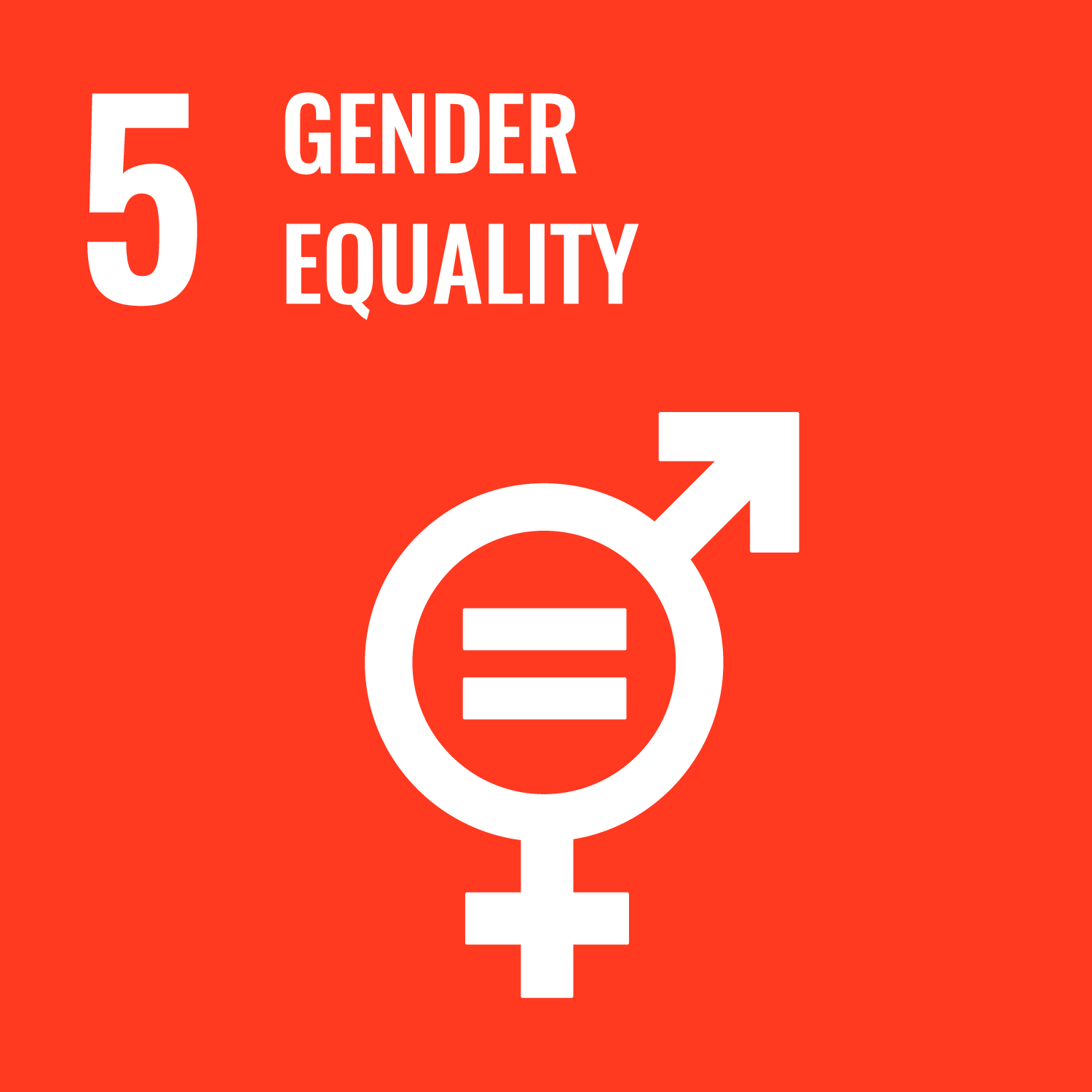

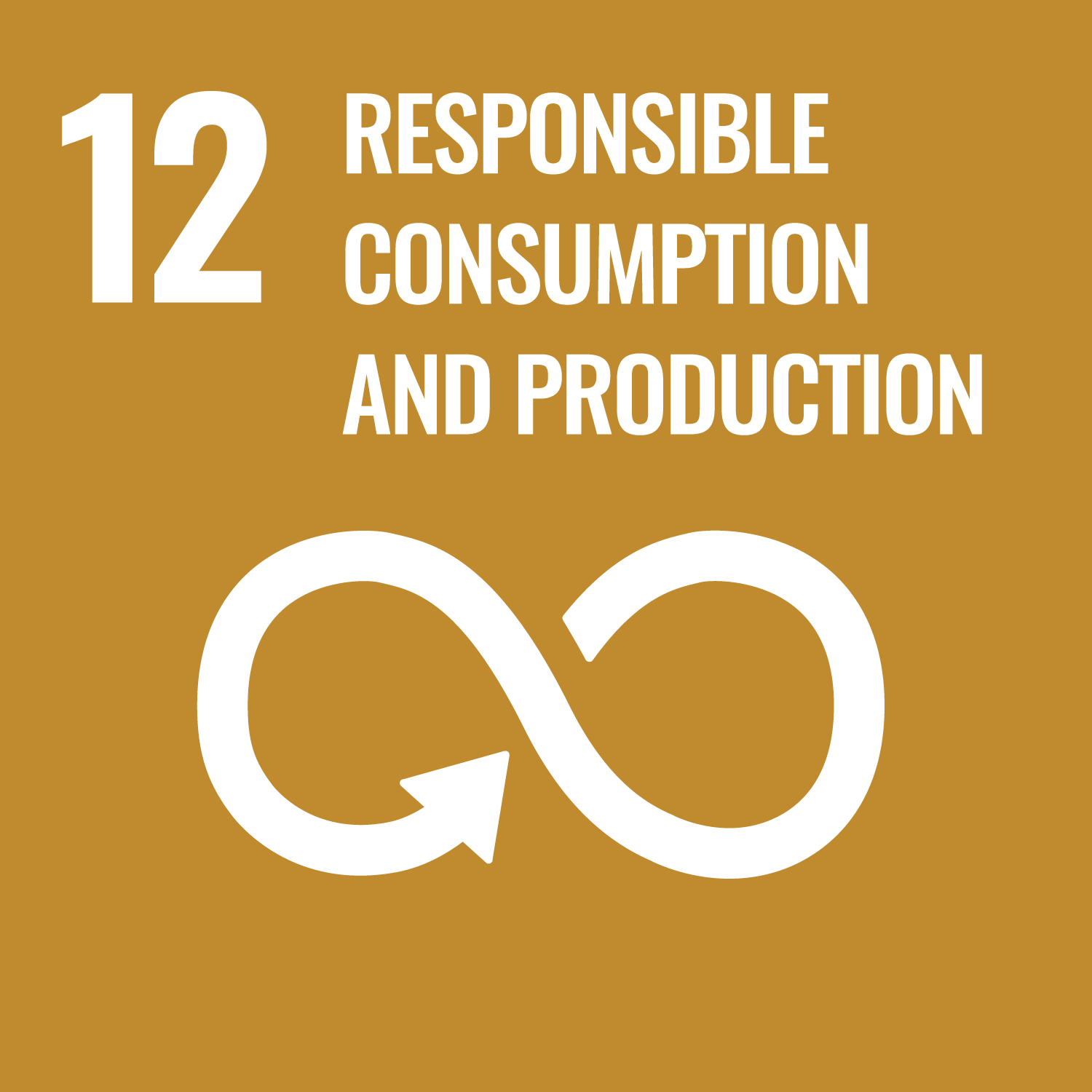
Last updated on 1 July 2025